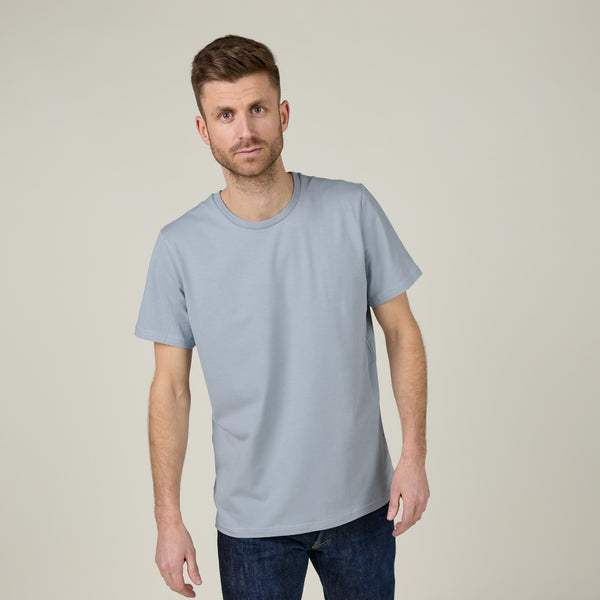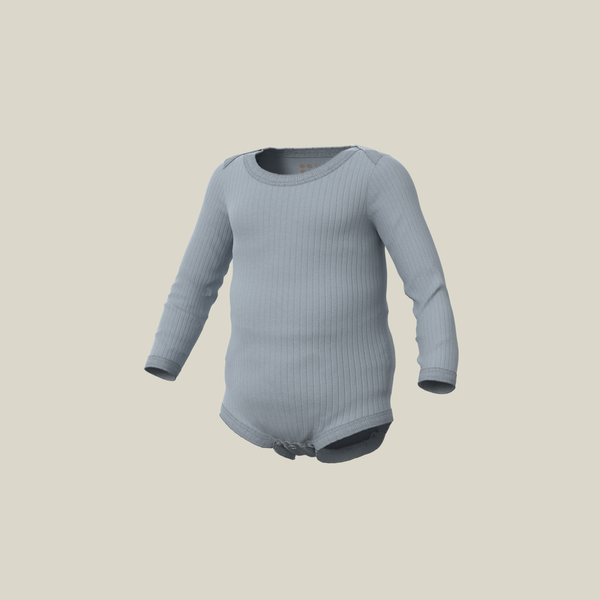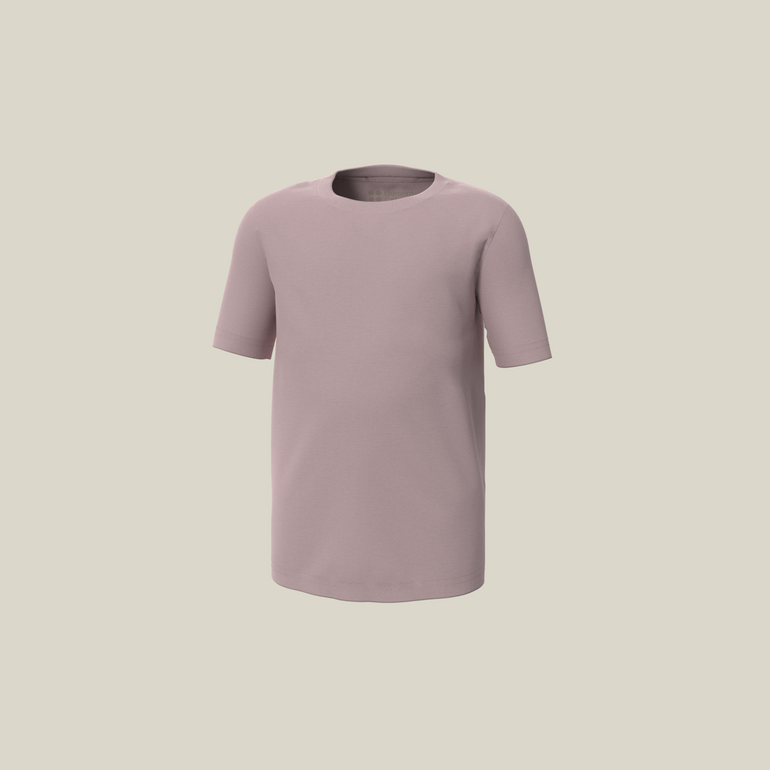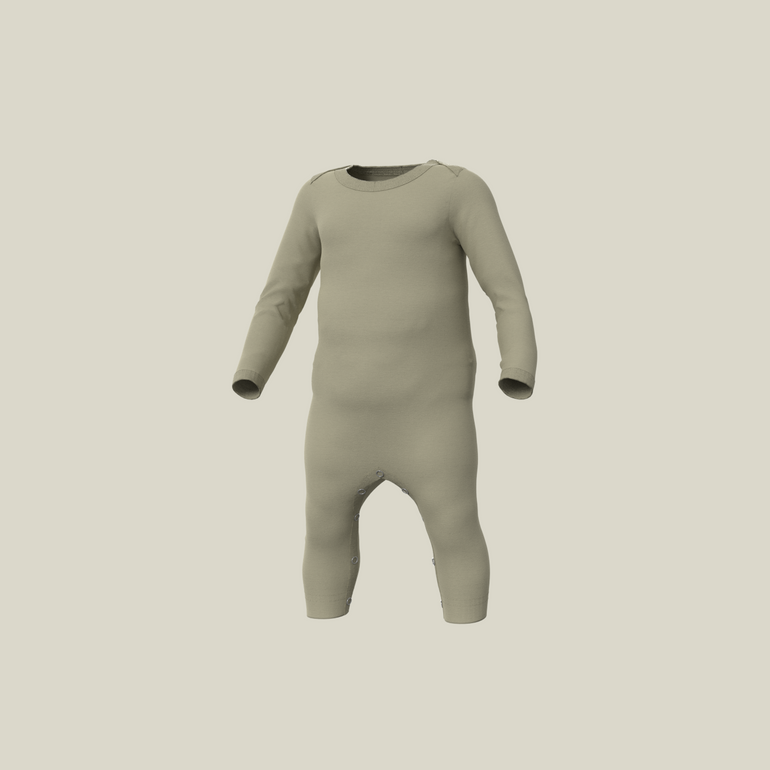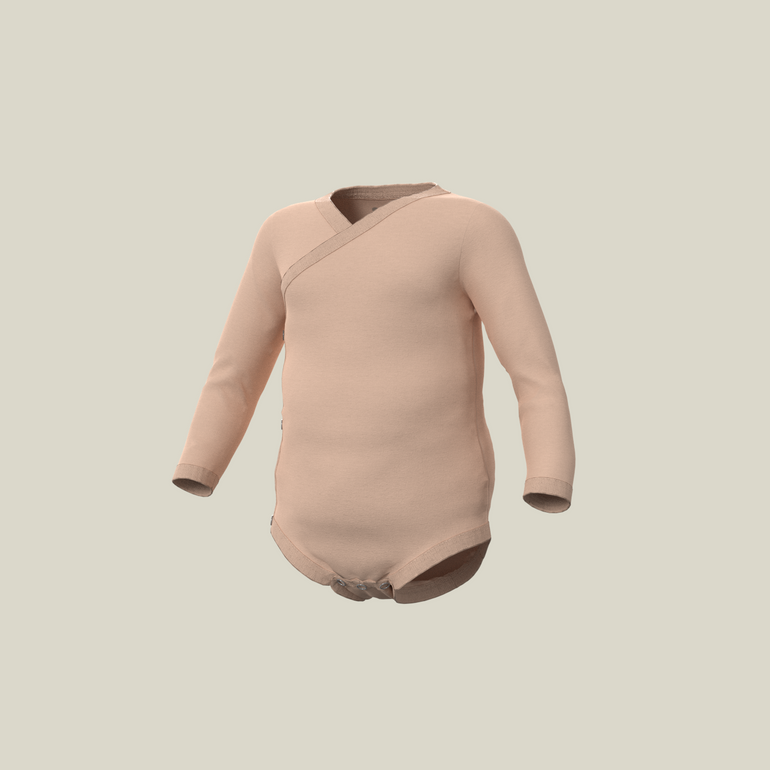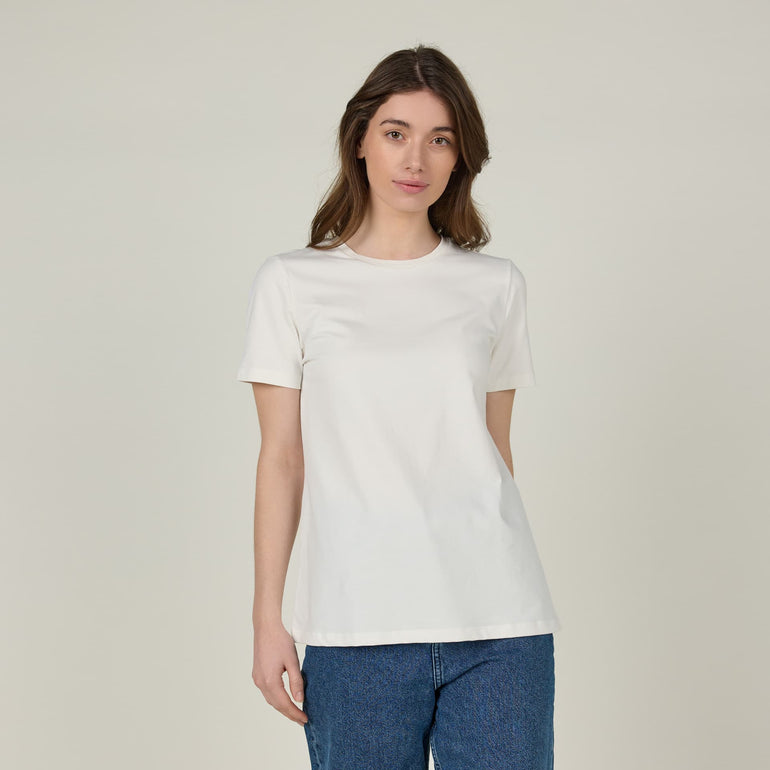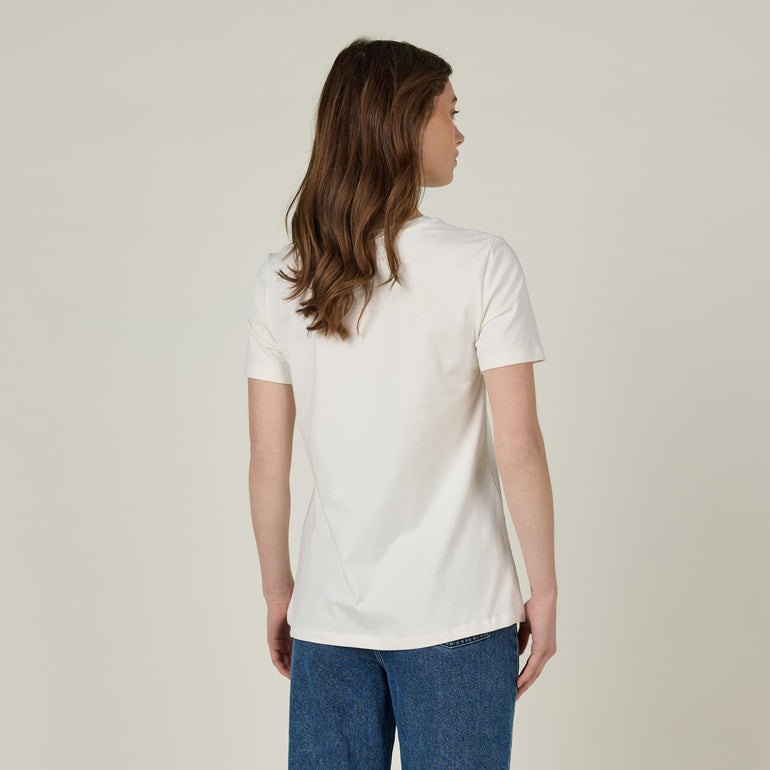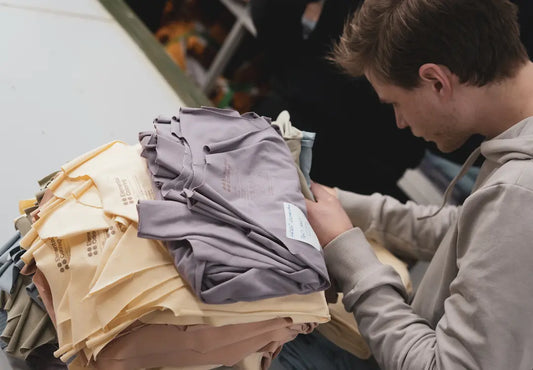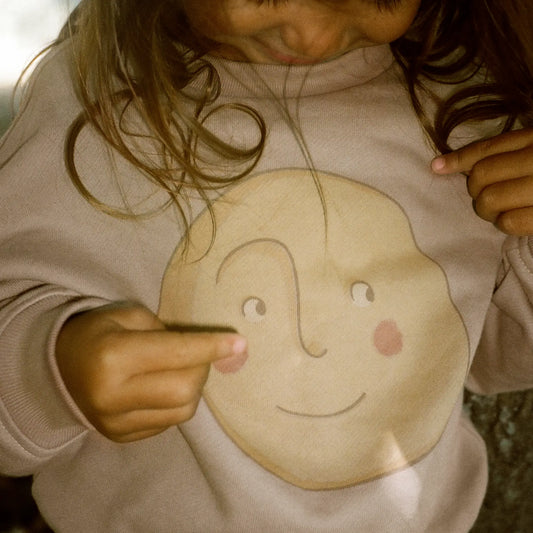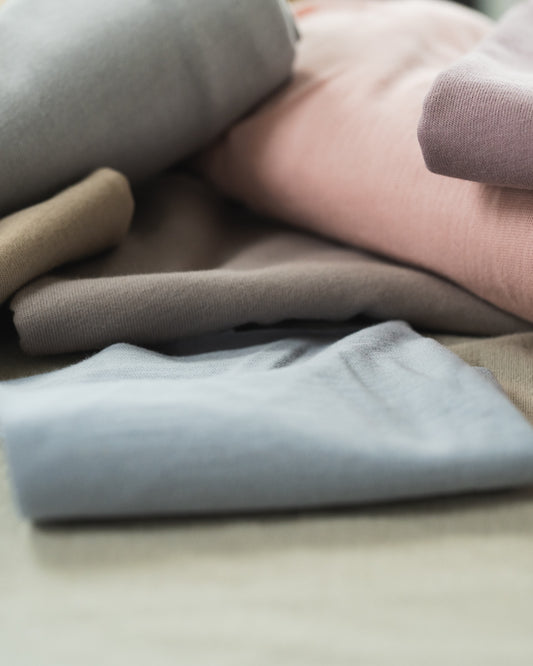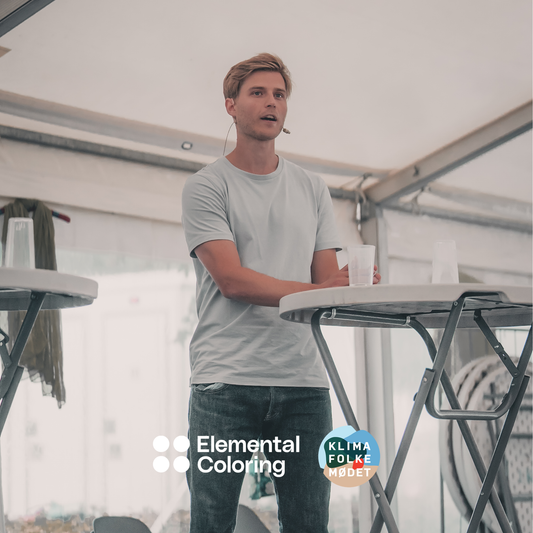
- Klimafolkemødet
- Transparens
Elemental Coloring X Klimafolkemødet
Elemental Coloring started with an ambition to change the norms of the textile industry - i.a. by replacing synthetic chemicals with plant powder.
Therefore, it was only natural that our founder Frederik Møller accepted the offer to participate in this year's Climate People's Meeting at the Textile Revolution's debate with the title: Where lies the responsibility for speeding up the process in relation to changing the textile industry?
Like so much else in the textile industry, the answer to this question is complex and there is no simple and easy answer to this. During the debate, it was discussed whether we should put our trust in moral business owners and brands, critical consumers or responsible politicians.
Our responsibility
We believe that it requires close cooperation between all stakeholders if the textile industry is to change. But above all, as a brand, we have a great responsibility in developing and producing products with the least possible consumption of resources, regardless of whether it is more expensive to produce and does not offer the same design and color options as the conventional industry.
Furthermore, as a brand, we have a responsibility to tell and make visible who and how we produce our goods and at the same time ensure that everyone in our value chain has wages and working conditions that meet western standards. Only by informing and making it visible to our customers, how we produce our product, can we believe in a more conscious consumption. Without knowledge of the origin of the products you as a consumer buy, it is impossible to be critical. It is therefore crucial for us to tell how our products are made and by whom. Because we do not want to market a product where we are not sure how the product was created. At the same time, we believe it is crucial to create a more conscious consumption of clothing by our customers.
Legislation
At Elemental Coloring, we want a so-called Product Passport, as a legal requirement from e.g. EU. A Product Passport means that all parts of a piece of clothing must be traceable back to its origin and it can be verified how it was made. In this way, it will not be possible to sell clothing where it is not possible to determine where the clothing specifically comes from and what exactly the clothing contains. Today, there are no requirements for the conditions under which clothing is produced before it can be sold on the Danish and European markets.
Our ambition is to know all links in our value chain, as this is the only way we can secure all links. This also means that we cannot make a piece of clothing with a zipper until we have knowledge and a 3rd party certified zipper manufacturer.
Circular business
One of the major themes at the Climate People's Meeting was circular business and the ambition to move from linear to circular business models. In the debate with the Textile Revolution, it was also a topic, and it was discussed which challenges, opportunities and solutions need to be worked on before it can change the direction of the textile industry.
In the last 50 years, the textile industry has developed and refined large-scale production, constantly moving to where manual labor is cheapest. It is therefore cheaper to produce new clothes than it is to recycle them.
This is because the technology used to recycle textile fibers is very young and therefore not yet commercially competitive. Furthermore, the very process of converting existing clothing into new fibers is challenged by the fact that the clothing does not have a Product Passport when it starts the recycling process. The quality and content of the recycled fibers are therefore different – even 100% cotton fibers are dyed and treated with many different chemicals, all of which make the new fibers non-uniform and impossible to determine what the actual content of the new fiber is.
We believe that naturally dyed clothes have great potential in a recycling process, because we know exactly which materials the cotton has been dyed with. This means that the input material at the start of the recycling process is uniform and the new fiber can therefore be the same.
Another potential for naturally dyed clothing is to look at used clothing as a resource instead of waste. If in the future a used t-shirt was considered a compostable material on an equal footing with other organic garden or kitchen waste.
We are currently working on testing our t-shirt to see how much nutrition and energy we can give back to the earth when the clothes have been worn out after a long period of use. Potentially, it could be a completely new circular model that will help the textile industry's transformation from linear to circular.
Read more journals
- Choosing a selection results in a full page refresh.

